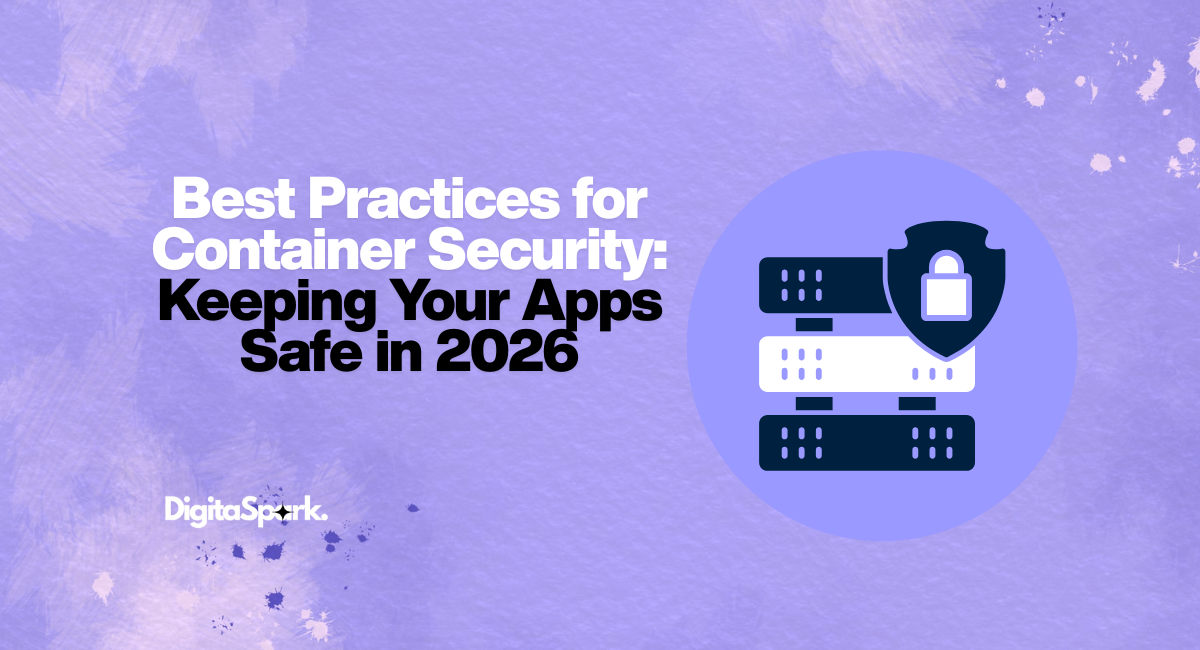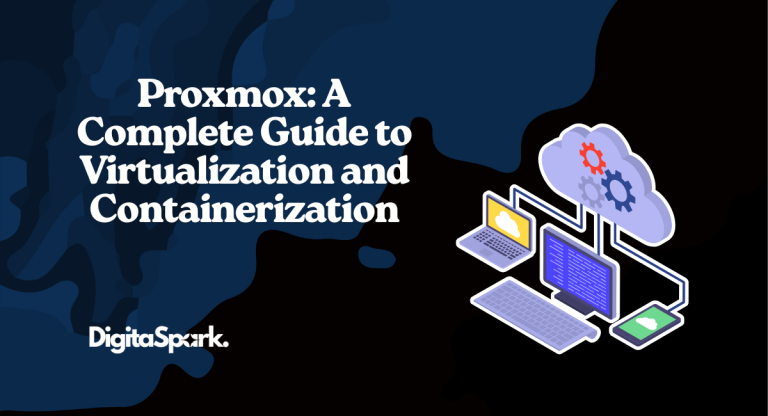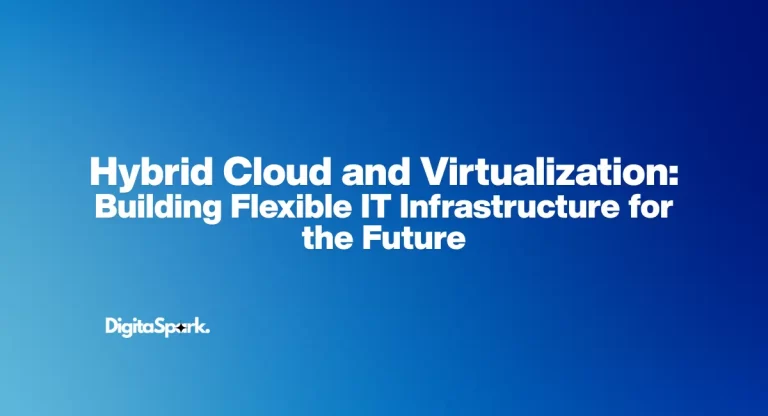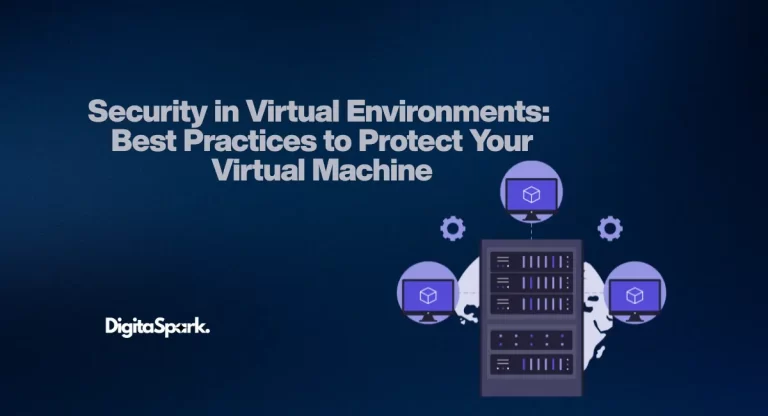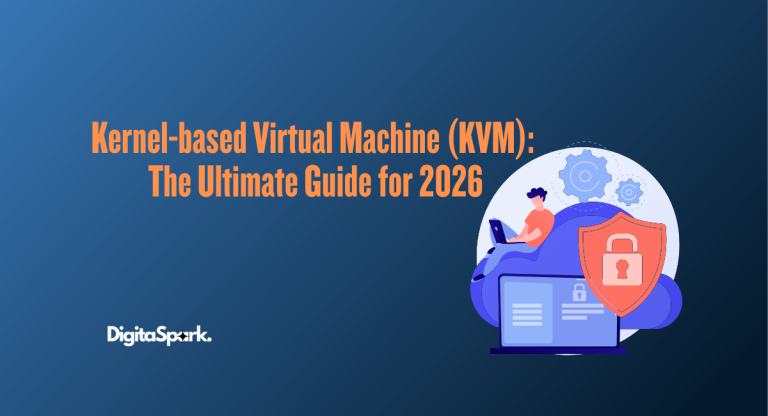Best Practices for Container Security: Keeping Your Apps Safe in 2026
If you’ve spent any amount of time working with modern software development these days, you already know that containers are ubiquitous. They’re the backbone of cloud-native applications, microservices, and DevOps pipelines. Docker, Kubernetes, Podman—you name it—all play a daily part in the toolkit of developers and ops teams. Containers just make it outrageously easy to package an application and run it anywhere.
But here’s the thing: with all that convenience comes risk. Containers share a host system, they pull images from public registries, and they’re often deployed at crazy speed. A single misstep—a vulnerable image, a poorly configured network policy, or a leaked secret—can open the door to attackers.
Container security isn’t a nice-to-have anymore. In 2026, it’s table stakes. Whether you’re a solo developer deploying a side project or part of a large team running production workloads, following solid security practices is the only way to keep your apps safe.
So, let’s break down some real-world, battle-tested best practices for container security, without drowning in buzzwords.
If you’re unfamiliar with the concept of a container, I have written an in-depth blog about containers to cover the basics.
Start With Trusted Base Images
One of the easiest ways to introduce a vulnerability is by pulling an image you don’t really know. Docker Hub and other registries are filled with community images, but not all of them are well maintained. Maybe the image is outdated, maybe it contains hidden malware—either way, you’re taking a gamble.
Stick to official or trusted images when you can. Vendor-provided or formally sanctioned images are maintained by the software vendors or trusted organizations, are regularly patched for security problems, and are usually a standard size. If you need something more custom, make your own base image, and keep it minimal, with the idea being that there are fewer packages that could cause problems or vulnerabilities.
Keep Your Images Lean and Up-to-Date
Bigger isn’t better when it comes to container images. The more stuff you include—extra libraries, unused tools—the more surface area attackers have to work with. Build only what you need and nothing more. Alpine Linux, for example, is a popular base because it’s small and cuts down unnecessary packages.
And don’t just build once and forget it. Set up a regular schedule to rebuild your images with the latest security patches. Even if your code hasn’t changed, the underlying OS or dependencies might have updates that close critical holes.
Scan Images Before You Ship Them
In the old days, you might push an image to production and hope for the best. Those days are over. Tools like Trivy, Clair, and Anchore can scan your images for known vulnerabilities before they ever hit your servers. Many CI/CD pipelines now bake this step in automatically—if the scanner finds a critical flaw, the build fails until you fix it.
It might feel like an extra step, but catching problems early is way cheaper (and less embarrassing) than dealing with a breach later.
Use the Principle of Least Privilege
Here’s a classic security mantra: give your containers only the permissions they absolutely need. Nothing more.
Too many teams run containers as the root user because it’s easier. Don’t do that. A container running as root can cause serious damage if it’s ever compromised. Instead, create a non-root user inside your container and run your app under that account.
Also, restrict access to host resources. Limit file system mounts, disable unnecessary capabilities, and avoid privileged containers unless there’s absolutely no other choice.
Keep Secrets Out of Containers
It’s tempting to bake credentials or API keys directly into your container image. After all, it works and it’s easy. But it’s also one of the most dangerous mistakes you can make. If someone gains access to that image, they gain access to your secrets too.
Use environment variables, Kubernetes Secrets, or secret management tools like HashiCorp Vault, AWS Secrets Manager, or Azure Key Vault. These tools are designed to store and rotate sensitive data securely, so you never have to hardcode passwords or keys.
Monitor Everything, All the Time
Containers are lightweight and ephemeral, making them great for scaling but difficult to monitor. If something strange happens inside a container and you are not actively watching it, then you may have completely missed the warning signs.
Look for logging and monitoring tools such as Prometheus, Grafana, or the ELK Stack to analyze container activity. Be on the lookout for CPU spikes, network traffic, and anomalous file changes. If a container starts changing its behavior suddenly (e.g., opens unusual outbound connections), you will want to know about it right away.
Runtime security tooling like Falco and Sysdig Secure is even able to detect abnormal behavior while it happens and alert you before the container entirely breaks!
Lock Down the Network
Containers frequently communicate with each other in a cluster. Without controls, that network traffic can be a playground for attackers.
Segment your network such that containers only communicate with the services they actually need to. In Kubernetes, use Network Policies to enforce which pods can talk to which pods. In Docker, minimize the number of ports exposed and eliminate running unnecessary services inside the containers.
Think of it like locking the doors in your house. If someone gets inside your house, you don’t want them to have the ability to walk around freely.
Keep the Host Secure
No matter how well you secure your containers, the host machine running them is still a single point of failure. If an attacker gains root access to the host, every container is at risk.
Keep the host OS updated with the latest security patches. Use a hardened kernel and consider tools like SELinux or AppArmor for extra layers of protection. Only install the bare minimum of software on the host to reduce potential attack vectors.
Use Signed Images and Registries
Image signing contributes additional trust to your supply chain. Using something like Docker Content Trust or Notary, you can cryptographically sign your images. When using signed images, you can guarantee what you are pulling from the registry is what you built, and nothing in between was tampered with.
For sensitive workloads, you may also want to consider a private registry, where services like AWS ECR, GitHub Container Registry, or Harbor allow you to control access and also enforce scanning for security.
Automate Security in the CI/CD Pipeline
Manual security checks don’t scale, especially when you’re deploying dozens or hundreds of containers a day. Automate as much as possible.
Add vulnerability scans, secret detection, and compliance checks directly into your CI/CD pipeline. That way, every new image goes through the same rigorous checks before it ever touches production. Automation not only saves time but also reduces the chance of human error.
Train Your Team
Technology can only take you so far. At the end of the day, people build, deploy, and maintain containers—and people make mistakes.
Make sure everyone on your team understands the basics of container security. Run regular security reviews. Share lessons learned from past incidents. A well-trained team is your best defense against both accidental misconfigurations and targeted attacks.
The Bottom Line
Containers have transformed how we build and deploy software. They’re fast, portable, and perfect for the cloud. But their very flexibility also introduces unique security challenges.
The good news? Most container breaches don’t come from some mysterious zero-day exploit. They come from avoidable mistakes: outdated images, over-permissioned containers, exposed secrets, or neglected hosts. Following the best practices above—using trusted images, scanning regularly, restricting privileges, and keeping your host tight—goes a long way toward keeping your infrastructure safe.
Security isn’t something you “finish” once and forget about. It’s an ongoing process of patching, monitoring, and educating your team. Start small, automate what you can, and build security into your workflow from day one.
In 2026, containers are here to stay. With a little discipline and the right tools, you can enjoy all their benefits without losing sleep over vulnerabilities.
Key Takeaway
Good container security isn’t about chasing the latest buzzword. It’s about doing the boring, practical things—over and over—that keep attackers out. Trusted images. Regular scans. Least privilege. Careful monitoring. Get those basics right, and you’ll be ahead of most teams running containers today.

